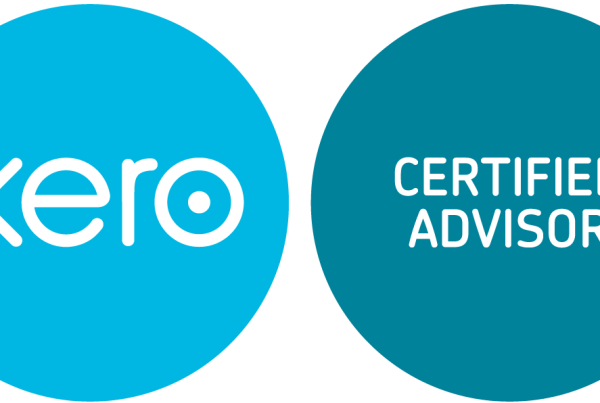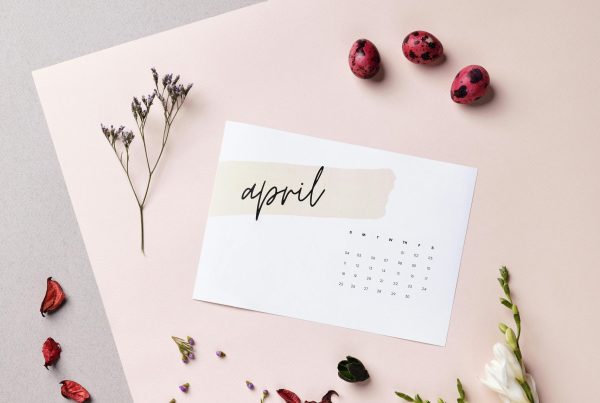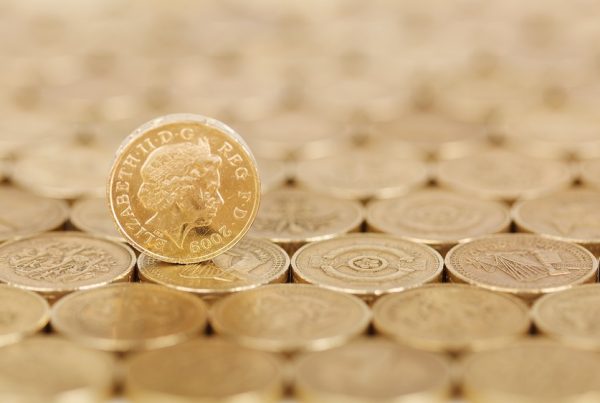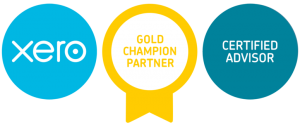Whether you’re a company director or sole trader, claiming valid business expenses can reduce your tax bill. But working out what you’re allowed to claim can be tricky.
HMRC’s golden rule is that a valid business expense is any cost incurred “wholly and exclusively” for business purposes. By this logic, lunch doesn’t seem to qualify: we need to eat and drink to live, whether or not we’re not doing business. However, there are some exceptions.
Are business lunches with clients a valid expense?
If you take a client or business prospect out for lunch, you can’t use the cost to reduce your tax bill. Your business can pay for the meal, and it can be included in your accounts, but when your accountant calculates your tax, they won’t use this expense to reduce your bill.
Are working lunches with staff a valid business expense?
Lunches that your staff have in their normal working routine aren’t a valid business expense. However, the occasional meal with an employee or group of employees for a specific business purpose (to discuss a project, for example, or conduct a staff appraisal) is valid. You can count the cost as business expense and it will reduce your tax bill. Just remember to get a receipt!
Similarly, if you’re travelling to a training seminar or business event, the cost of lunch – for you and any staff attending – is a valid business expense, because it’s outside your normal working routine.
NB The cost of any meals you claim has to be reasonable. Fish and chips at Wetherspoons would be okay; caviar washed down with Chateau Margaux at the Ritz wouldn’t!
I’ve got a receipt! How do I use it to reduce my tax bill?
All you need to do is give your receipts to you accountant, who’ll include them in your accounts and calculate your tax accordingly.
If you’re old fashioned, this means hoarding receipts and lugging them round to your accountant’s office. A much better way of getting receipts to your accountant is to use Receipt Bank. When you get a receipt, just open the app on your phone, snap a picture of it, then click “submit”. You can then bin the physical receipt, and your accountant will be able to see the copy in Receipt Bank.
Any receipts you receive by email can simply be forwarded to your Receipt Bank email address, and your accountant will get it in the same way.
If you’re interested in using Receipt Bank or have any questions about business expenses, feel free to get in touch.






